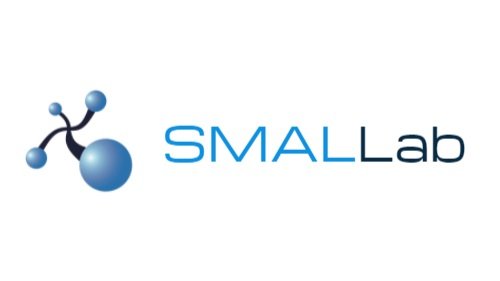Philip Martel, Superintendent of Schools
Background
Connellsville Area School District is a large, 250-square mile school district located in rural Fayette County, PA, approximately 50 miles southeast of Pittsburgh. Presently, the district enrolls 4,600 students – a drop of nearly 50% since 2000 – as a result of a decline in the region’s manufacturing sector.
Superintendent Philip Martell has run the Connellsville Area School District since January 2016, having originally joined in 2015 (as Chief Financial Officer) to help lead a financial turnaround and save the district from bankruptcy.
“Our challenge was to design and resource a curriculum around our ambitious academic goals…we needed partners that were as committed to student outcomes as we were.”
Challenge
Like many school districts in economically-depressed areas, job losses in and around Fayette County led not only to decreased enrollment in Connellsville Area School District, but decreased funding as well. By 2015, Connellsville Area School District was teetering on the edge of bankruptcy.
“The first step of our turnaround plan involved right-sizing the district in order to get it on a more secure financial footing,” said Philip Martell, Superintendent of Connellsville Area School District. “However, the most important decisions have always centered around students, and the investments we should make in their development. Once we got our financial house in order, our challenge was to design and resource a curriculum around our ambitious academic goals.”
Martell’s plan called for new investments in tools and technologies, but it wasn’t always an easy process. Said Martell, “The district had a legacy of purchasing great technologies, but not in tracking their outcomes. We needed to change that mindset, and we needed partners that were as committed to student outcomes as we were.”
Solution
Early on, Martell identified SMALLab Learning’s embodied learning technology as a critical ingredient in re-engaging students, faculty, and parents in the promise of outcome-based learning.
SMALLab (Situated Multimedia Arts Learning Lab) Learning is a classroom-sized, transformational 3D learning environment in which multiple empirical research studies have measured 86% increases in student learning and 6.7X increases in student collaboration.
SMALLab Learning began as a research project at Arizona State University, focused on how to combine the latest research into how students learn with the latest technology interfaces to create a system that dramatically improved learning. SMALLab Learning accomplished this by implementing technology in a way that makes it “invisible” to the student, while providing uniquely engineered game- and inquiry-based collaborative learning software modules that encourage students to work together to succeed.
Educators have described SMALLab Learning as the “Star Trek Holodeck V1.0,” “Virtual Reality inside out,” and “the coolest classroom” they have ever seen. Research and development was funded by grants from the National Science Foundation, the Bill and Melinda Gates Foundation, the MacArthur Foundation and the Intel Corporation.
However, for a school district that had experienced chronic budget shortfalls, funding the SMALLab wasn’t as straightforward as just seeking the approval of the School Board. “You’ve got to think creatively,” said Martell, who found the funds for SMALLab simply by identifying, and reducing, waste in other areas.
Result
““SMALLab is a partner for us, and will be for a long time.””
A core facet of Superintendent Martell’s turnaround plan is his belief that district wealth is a poor predictor of student engagement. Rather, less-advantaged school districts that make the right investments–even in small numbers–can increase student outcomes in dramatic fashion.
Of all the technology investments that Martell championed, Connellsville Area School District is seeing the most success with SMALLab Learning. “From day one, our investment in SMALLab Learning was tied to the ability to see the impact on student outcomes,” said Martell. “The SMALLab helped us make data-driven decisions and gain visibility into the impact on student achievement.”
Today, the district even buses students from elementary schools that do not have a SMALLab to those that do. Martell, however, believes that Connellsville Area School District has only scratched the surface of what’s possible with the SMALLab.
“The ease with which we can incorporate the SMALLab scenarios into our regular lesson plans has made it a natural fit for both the students and teachers,” said Martell. “They’re gravitating toward it, and what we’re hearing from parents is even more positive–parents come to me and thank us for getting their children re-engaged in education.”
And, for Martell, the future at Connellsville Area School District looks even brighter. “Word is spreading, and people are visiting Connellsville Area School District to observe, and learn more about the initiatives we’ve implemented.” Martell’s next step is to integrate the SMALLab more fully and holistically into the district’s curriculum.
“SMALLab is a partner for us, and will be for a long time.”


